Description
The Ancient Afrikan Origins of Pan-Afrikanism: A Textual Analysis
Dr. Ọbádélé Kambon and Prof. De-Valera N.Y.M. Botchway
Institute of African Studies Seminar||| University of Ghana
Thursday, March 30, 2017 ||| 9:00 AM
Video (Viewable Online) and Secured PDF of PowerPoint Presentation (downloadable) Combo Bundle
Video Duration: 1:24:39
Secured PDF of Lecture Slides: 101 Slides
ABSTRACT: Pan-Afrikanism is often regarded as a modern phenomenon and a direct response or reaction to colonialism and enslavement. However, because Pan-Afrikanism can be understood as the unification of Afrika and Afrikan=Black people across various dimensions including politics, socio-economics, military etc., we argue that the concept, theory and practice of the unification of Afrikan=Black people along these lines is a demonstrably ancient Afrikan imperative which predates the coining of the term in English. Through this lens, we further argue that instances of Pan-Africanism in practice can be observed in all ancient and modern African states and societies, particularly empires, which unified various smaller African kingdoms and people into larger polities via diplomatic and/or military means, taking Kmt as a model of this practice.[1] To demonstrate this, we will bring into focus over 70 primary source texts with translations that are significant for understanding the impetus of Kmtyw coming together on the basis of common Blackness against common pale white Eurasian enemies. In these texts, it becomes readily evident that this imperative can be seen in Ancient Kmt Kmt ‘Land of Black people’ which, through smз tзwy ‘unification of the two lands,’ geo-politically, militarily, economically, spiritually and socially unified šmˁw ‘Upper Kmt’ and Tз-mḥw ‘Lower Kmt’ and the Kmt ‘Black People/Citizens of Kmt’ located therein, wherein previously disparate identities became subsumed under the identity of kmtyw ‘Black People’. From this point of departure, the historical record shows that, with the founding of the state, the primary original foreign policy directive of the early rulers of the Old Kingdom of Kmt ‘Land of Black people’ was to integrate more Black people and incorporate more land from their ultimate place of origin in the South into the empire. In doing so, the peculiar ethnic identities of these “Kemetized” people were effectively subsumed under a larger identity predicated on physical appearance (phenotype of Blackness), shared common ancestry (genotype as manifested in phenotype) and allegiance (as manifested in shared worldview, common cultural/spiritual practice, dedication to political authority). This Pan-African policy of African/Black integration and expansion remained in place–at least to some degree–even through the Middle Kingdom and New Kingdom and into the period of a shift in foreign policy to also incorporate Eurasians (whose allegiance proved to be rather to their own genetic survival and not that of Africans/Blacks). This shift in foreign policy was a turning point signaling the eventual downfall of the Kmt. The analysis presented in this book is significant in that it removes the discussion of Pan-Africanism from its current status where it remains “suspended in air” as a yet-to-be-attained ideal to its proper ancient historical place from which lessons may be drawn.[2] In doing so, numerous rich and instructive examples can be followed wherein Pan-Africanism was successfully (or unsuccessfully) implemented through diplomatic and/or military means that can serve as a guide in contemporary times for modern Pan-Africanism.
[1]See Nathan Goldberg, “Ture Exhorts Audience to Organize to Effect Social Change,” UB Reporter 26 (1995), http://www.buffalo.edu/ubreporter/archive/vol26/vol26n16/6.txt. “A central point of Ture’s lecture was that Africa would be the first continent to unify under one socialist government. This unification, he maintained, would already exist today had Africa’s natural evolutionary process toward unity not been interrupted by European colonialism and the slave trade.” This is a different point from one being made in this paper as we are arguing that localized models of Pan-Africanism in practice existed in Classical Africa rather than it was on the verge of being implemented at the dawn of colonialism and enslavement.
[2]C.A. Diop and M. Cook, The African Origin of Civilization: Myth or Reality (Chicago: Chicago Review Press, 1989)., p. xvi.

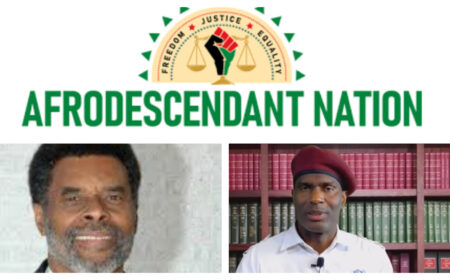
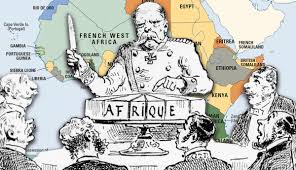


![The Ancient Afrikan Origins of Pan-Afrikanism: A Textual Analysis [101 Slides!!!]](https://timeforanawakening.com/wp-content/uploads/2021/01/iaspa.jpg)
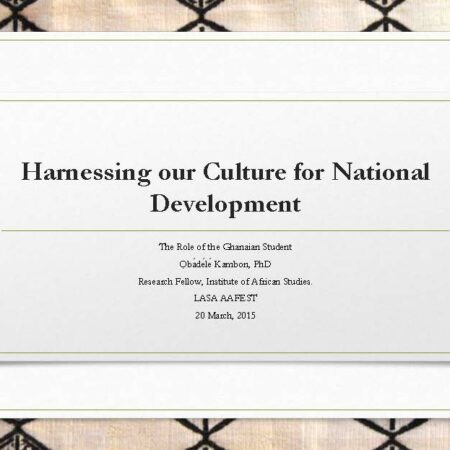
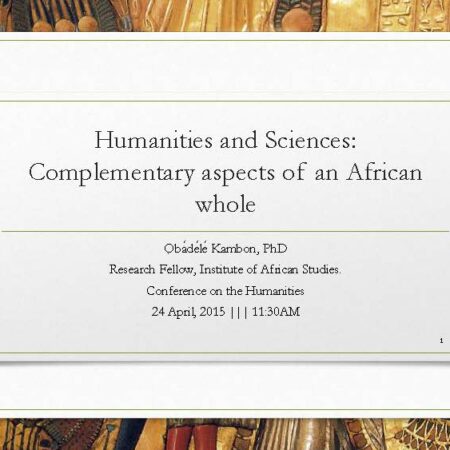
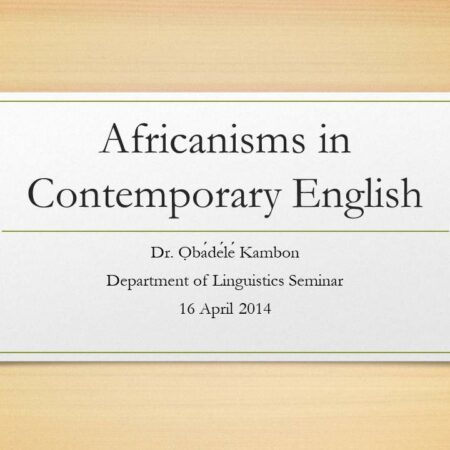
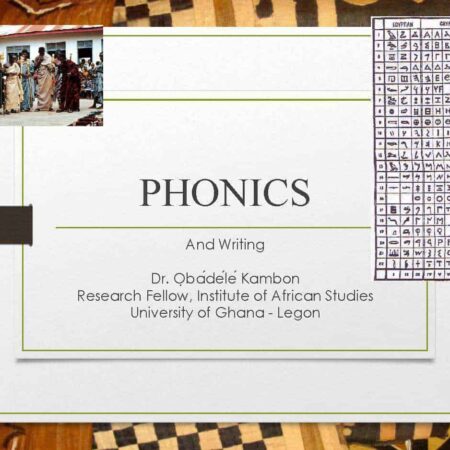
Reviews
There are no reviews yet.